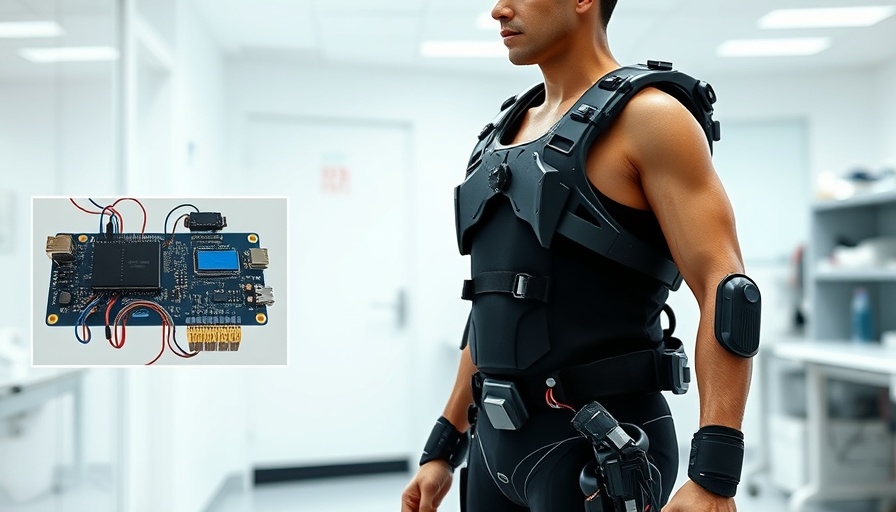
Exoskeletons: A Promising Solution for Workplace Safety
In recent years, wearable exoskeletons have emerged as a novel technology aimed at enhancing workplace safety by reducing injury risks, especially back injuries among workers engaged in physically demanding tasks. A report from Brock University highlights the benefits and ongoing research surrounding these devices, showcasing their potential to significantly mitigate workplace-related back injuries.
Understanding the Research: A Detailed Insight
The study, led by fourth-year Kinesiology student Emma Ratke, focuses on the effectiveness of a passive back-support exoskeleton during typical labor tasks, such as lifting and transferring boxes. Conducted in a simulated warehouse environment, the research revealed promising results—the use of the exoskeleton not only diminished perceived exertion among participants but also boosted productivity by approximately 6%.
Participants who wore the exoskeleton reported completing tasks faster and moving more boxes, reinforcing the idea that this technology can enhance efficiency while also safeguarding workers' health.
Expanding on Current Findings: The Need for Comprehensive Studies
While the results are encouraging, the researchers emphasize the need for further studies to assess how these exoskeletons might influence various movement patterns and the possible implications for injury risk. Associate Professor Shawn Beaudette, who led the research team, notes the demographic targeted—workers in assembly line roles—suffer from considerable lower back-related issues that have detrimental effects on their health and productivity.
This aligns with findings from various studies, including one from Vanderbilt University, which suggests that exoskeletons can potentially reduce injury risks by 20% to 60% when effectively deployed in workplaces where physical strain is prevalent.
Potential Benefits Recognized Across Industries
As the use of exoskeletons becomes more mainstream, industry experts speculate on their impact not just on health, but also on worker recruitment and retention. Karl Zelik, a leading researcher at Vanderbilt, stated that identifying where exoskeletons are most beneficial can significantly relieve overburdened workers and contribute positively to workplace morale.
This transition towards advanced ergonomic solutions is echoed in manufacturing contexts, such as Toyota, where ergonomic assessments have already paved the way for deploying shoulder exoskeletons, hinting at the feasibility of back support systems in similar settings.
Common Misconceptions and Challenges
Despite their promise, exoskeletons are often viewed through a skeptical lens, with concerns about safety and practicality in widespread implementation. Researchers caution against a 'one size fits all' mindset, emphasizing that different workplaces might require tailored solutions. The existing studies underline the necessity of customized assessments before adopting such technologies on a broader scale.
Future Directions: Navigating New Terrain
As the landscape of workplace safety shifts with the introduction of exoskeletons, the next stages of research will focus not only on performance metrics but also on long-term effects of sustained use. An integrated approach, encompassing various fields including kinesiology, mechanical engineering, and ergonomics, will be crucial in validating the effectiveness and safety of these devices.
Conclusion: The Call for Action
As healthcare practitioners, staying updated on technological advancements like exoskeletons can play a pivotal role in the well-being of your patients. Encouraging discussions about the implementation of such devices in workplaces could prove invaluable, both for injury prevention and enhancing overall productivity. Let’s engage in conversations that drive innovations forward while keeping worker safety at the forefront.
 Add Row
Add Row  Add
Add 




Write A Comment